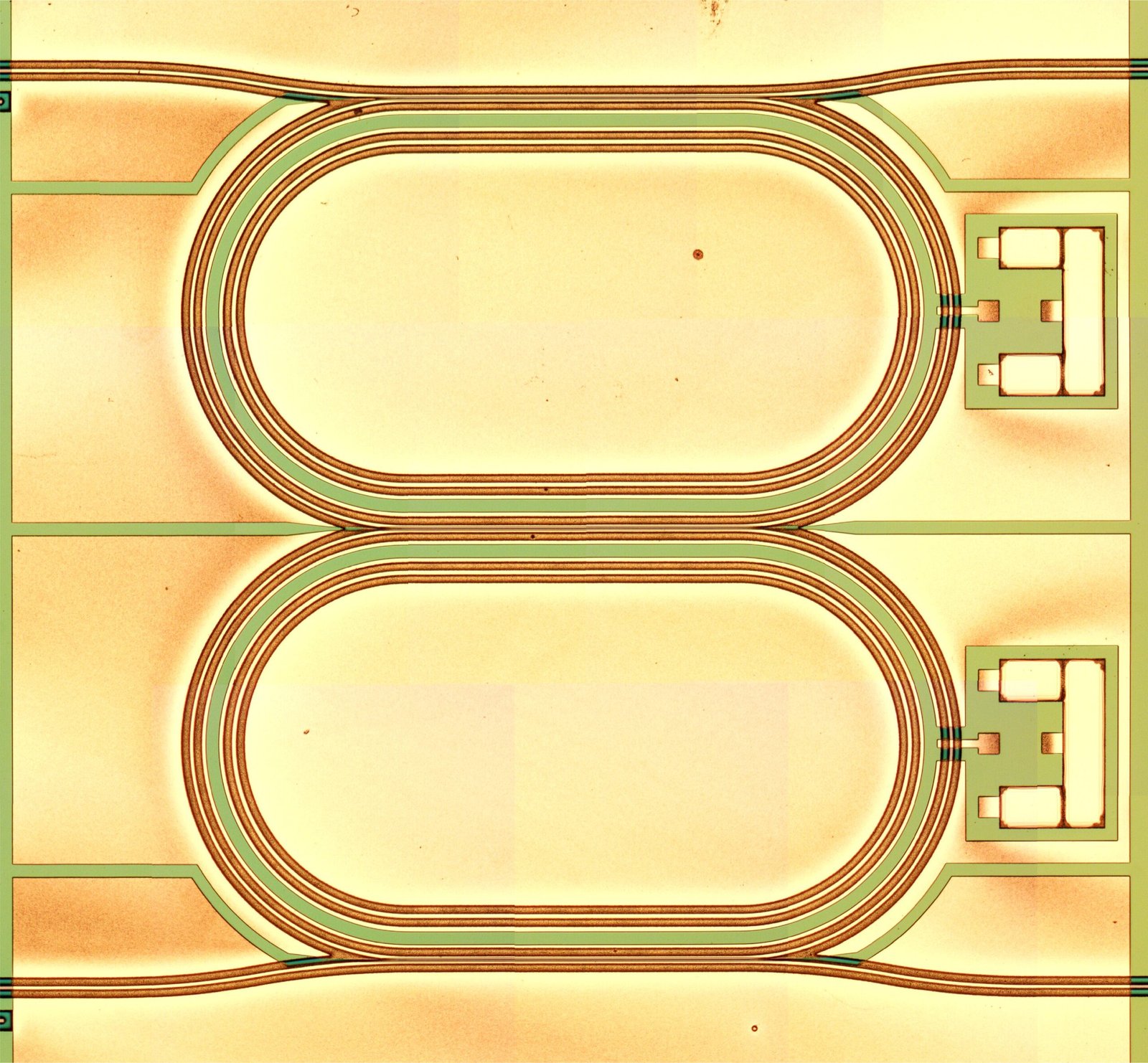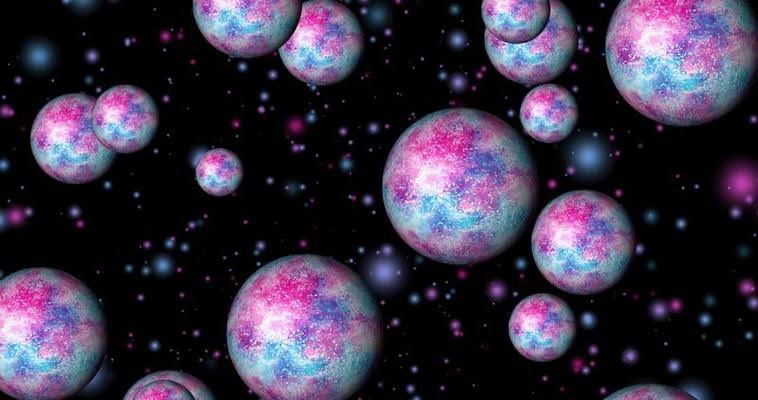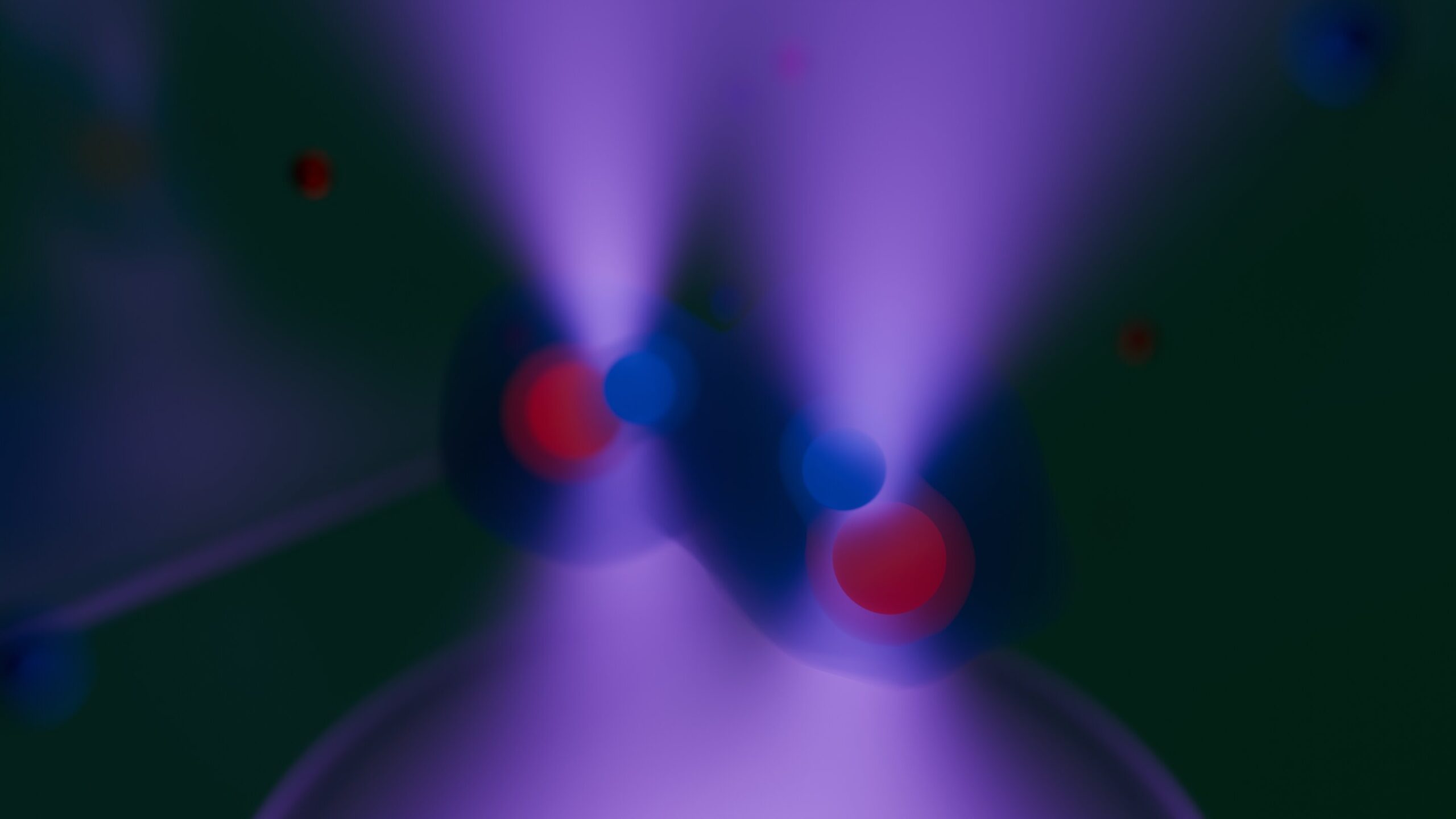Science, particularly in the realm of computing, is constantly pushing boundaries in the search for faster, more powerful, and more efficient tools that can solve increasingly complex problems. One of the newest frontiers in this quest for computing power is quantum computing. Quantum computers represent a revolutionary shift in how we process information, harnessing the strange and unique properties of quantum mechanics to perform computations that classical computers cannot.
In classical computing, the fundamental unit of information is the “bit,” which can exist in one of two possible states: 0 or 1. These binary values are used to encode and process information through sequences of logical operations. However, classical computing struggles when dealing with certain types of complex systems, such as problems in quantum mechanics, material science, and fundamental physics. This is where quantum computers, based on quantum bits or “qubits,” come into play. Quantum bits differ from classical bits in that they can exist in multiple states simultaneously due to two key quantum properties: superposition and entanglement. This allows quantum computers to perform calculations in parallel, processing vast amounts of data far more efficiently than classical computers could ever manage.
This leap forward in computation has profound implications for various fields, including fundamental physics. In particular, one area where quantum computers show immense promise is in the realm of quantum field theory, a cornerstone of particle physics. This theoretical framework describes the fundamental forces and particles of nature, as outlined by the Standard Model of particle physics. However, simulating and understanding these forces in a meaningful way has been challenging, especially when dealing with the complexities of particle interactions, such as those found in gauge theory, which is an essential part of quantum field theory.
In a recent breakthrough, a research team led by the Department of Physics at the University of Trento in Italy took a bold step in testing quantum computations for a specific problem in particle physics. Their work, which explores confinement in Z2 lattice gauge theory, was conducted on the cutting-edge quantum computers at Google’s Quantum Artificial Intelligence (AI) Lab in California. The results of their research were published in Nature Physics, a renowned scientific journal, offering a glimpse into the future of quantum computing applications in fundamental physics.
At the heart of this research is the study of lattice gauge theory, a framework that discretizes the fabric of spacetime into a grid or lattice of points. In these lattice models, the continuous nature of space is replaced by a structured, well-defined lattice where physical systems can be simulated. This technique is crucial in the study of high-energy physics because it helps scientists explore how particles like electrons, positrons, quarks, and gluons interact with each other, forming the matter that constitutes everything around us. The challenges arise due to the sheer complexity of such simulations, particularly when considering how different forces and interactions manifest at quantum scales, making conventional computations inadequate or extremely slow.
“At the end of 2019, Google launched a call for projects exploring the potential of quantum computers,” said Philipp Hauke, a professor of theoretical physics of fundamental interactions at the University of Trento and the corresponding author of the research. The University of Trento was selected as one of only eight institutions globally, and notably, the only one from the European Union, to participate in this prestigious initiative.
Professor Hauke and his team focused on a specific question concerning elementary particle interactions—how electrons and positrons, as well as more fundamental particles such as quarks and gluons, interact to give rise to matter. Their investigation, through the lens of lattice gauge theory, sought to use quantum simulations to better understand the mechanics of these fundamental interactions, specifically the confinement of matter, a key topic in particle physics.
The research team developed a sophisticated quantum algorithm designed to simulate these complex phenomena on the quantum computers at Google’s lab in Santa Barbara, California. Unlike classical computers, which must approximate these systems and often struggle with accurately predicting results at large scales, quantum computers can represent and calculate quantum states more directly. By using qubits that can encode multiple possibilities simultaneously, quantum computers can perform calculations in parallel, reducing the time required to solve intricate problems. Moreover, quantum entanglement, a phenomenon where the states of two or more particles become linked, further enhances the power of quantum computing for complex simulations.
“The power of quantum computers becomes particularly evident when comparing them to traditional computing methods,” Professor Hauke explains. “Classical computers, using standard algorithms, can solve the dynamics of systems with at most 40 interacting particles. In contrast, quantum computers have the potential to process an exponentially larger number of interacting particles. This massive increase in computational capacity is crucial for the study of high-energy physics, where large-scale simulations of particle interactions are the norm. But to achieve this capacity, we need to navigate not only the physical principles of quantum mechanics but also the engineering challenges inherent in developing functional quantum computers.”
This is precisely where the intersection of theoretical physics and engineering becomes most critical. The team’s research relies on quantum simulators that have the potential to unlock new insights into phenomena that are beyond the reach of conventional supercomputers. However, achieving practical, large-scale quantum simulations requires overcoming significant hurdles in quantum hardware and algorithms. Yet despite these challenges, the potential of quantum computing in solving previously intractable problems is undeniable, offering a glimpse into the future of computational physics.
Looking ahead, the impact of this research on quantum physics is significant not only for theoretical and experimental physics but also for its practical applications in various sectors. When asked about the future of this quantum computing breakthrough, Hauke notes, “At the moment, our research is intriguing for both theoretical and experimental physics. However, in the future, its applications could stretch into other fields, such as the industrial sector for studying new materials, or in pharmaceuticals, where simulations could reveal critical insights into the interactions of chemical compounds for drug development.” The practical implications of quantum simulations could revolutionize industries, from drug discovery to materials engineering, opening the door to new innovations in how we design and manufacture materials and treatments.
Quantum computing, though still in its nascent stages, represents an extraordinary leap in our ability to process information and solve problems that were previously unattainable with classical computers. The research conducted by the team at the University of Trento offers a glimpse into the future of computing and its potential to revolutionize our understanding of the physical world. The ability to simulate complex quantum systems at an unprecedented scale holds the promise of breakthroughs in everything from particle physics to materials science, possibly transforming a wide array of industries in the coming decades.
Reference: Mildenberger, J. et al. Confinement in a Z2 lattice gauge theory on a quantum computer, Nature (2025). DOI: 10.1038/s41567-024-02723-6






